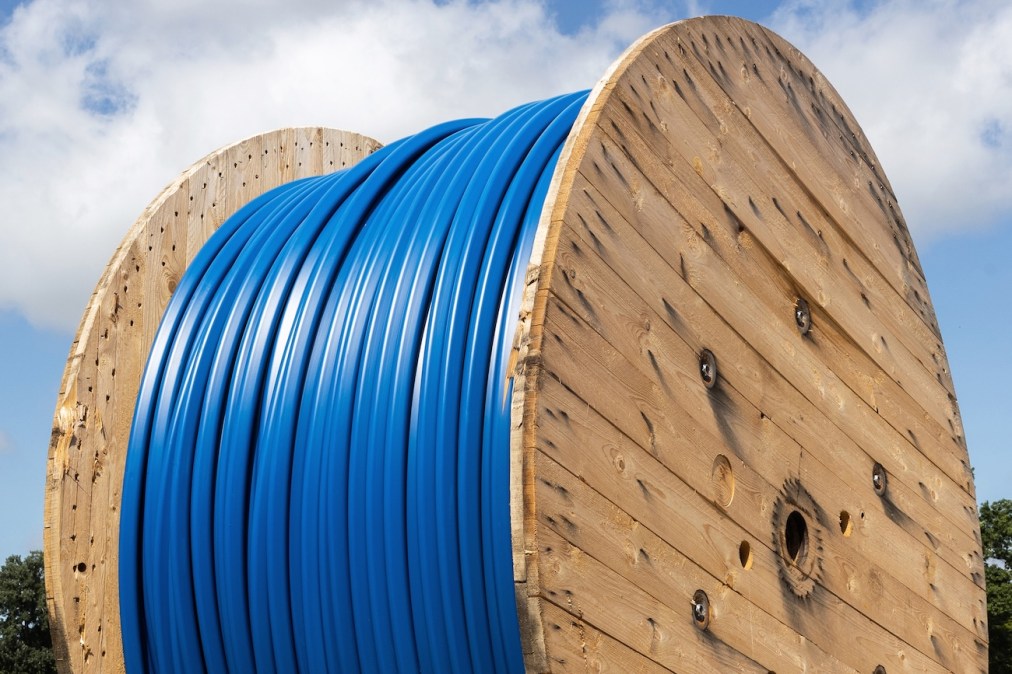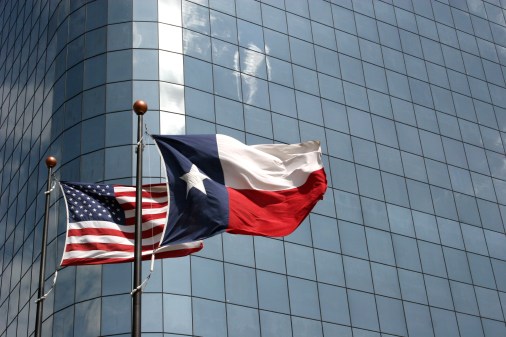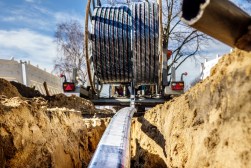With most BEAD proposals in, states leave nearly $21 billion unclaimed

Nearly all states and territories have submitted their final proposals to the federal government detailing how they plan to spend their allotments of the $42.25 billion provided through the Broadband Equity, Access, and Deployment, or BEAD, program. But the current proposals could leave more than $21 billion in unused funds.
As of Friday, 49 states and 3 territories have submitted final proposals to the National Telecommunications and Information Administration. (The agency granted the final state, California, an extension until Nov. 21.) According to tabulations published Thursday by the Advanced Communications Law and Policy Institute at New York Law School, the states and territories that have submitted their proposals, on average, said they planned to use just 47.3% of their total BEAD allocations for broadband deployment, leaving $20.4 billion unclaimed.
Should California and the remaining two territories — Puerto Rico and the U.S. Virgin Islands — propose spending their BEAD monies similarly, then the amount of leftover BEAD funds would rise to about $21.6 billion, the institute found.
Michael Santorelli, a director at the ACLP, said a large portion of the unused funding can be attributed to program guidance released in June by Commerce Secretary Howard Lutnick. Along with directing states to select vendors with the lowest cost proposals, the new guidance also required states to update their lists of BEAD-eligible locations so they could conduct an additional subgrantee selection process, referred to as a “Benefit of the Bargain Round.”
This additional round of bidding dropped the program’s original “fiber first” stipulation that gave funding preference to fiber optic connectivity, and opened the possibility for states to spend on technologies like low-Earth orbit satellites and fixed wireless. While this rule change initially caused concern that fiber technologies could be edged out, due to their higher expense, and it appeared that satellite vendors such as SpaceX’s Starlink and Amazon’s Project Kuiper were bidding heavily in a number of states, Santorelli said these fears did not materialize in the final proposals.
“Early on, we were thinking and I think others too were like, Oh, these new rules. All the money is going to go to satellite now, or unlicensed fixed wireless, because everyone’s on the same playing field,” Santorelli said. “We’ve seen more [satellite] awards than probably would have happened under the old rules. But your terrestrial ISPs have won the lion’s share, and what’s interesting is that now we’re left with states, on average, that have allocated less than half their available funds for these projects, so now we have all this money left over or remaining or whatnot.”
Another reason for the drop in proposed BEAD spending is a large decline in BEAD-eligible locations that received connectivity funding through the American Rescue Plan and the Rural Digital Opportunity Fund. The ACLP found that compared to the number of eligible locations in these states when BEAD launched, the total number of unserved and underserved locations has declined across the country by 65% since December 2022.
The question then, Santorelli said, is what could happen to the leftover funds? The Trump administration has focused on generating savings by improving efficiency and slashing regulations, and Lutnick has indicated that he wants to claim leftover BEAD funds as “taxpayer savings,” signaling they may be returned to the U.S. Treasury, despite their congressional appropriation.
Some Republicans have proposed ideas on how to use the leftover funds. Louisiana Gov. Jeff Landry, a Trump loyalist, sent Lutnick a letter last month imploring the agency to allow states to keep the leftover BEAD funds for nondeployment items if they advance the administration’s priorities, such as the AI Action Plan and “America First” policies on education, workforce and economic development.
The BEAD rules Commerce released in June did not offer guidance for how states could use the leftover funds on nondeployment items. Originally, the program allowed some leftover monies to be spent on nondeployment items. Those items, approved under the 2021 infrastructure law, included bolstering public services tied to broadband access, such as workforce development, telehealth, cybersecurity and digital literacy. Instead, the agency rescinded any previous approvals of nondeployment activities approved under Joe Biden’s administration, did not require final proposals to include plans for the use of these funds and said it would issue updated guidance in the future.
The ACLP’s report also offers ideas about what should be done with these leftover funds. It recommends that the NTIA and the Trump administration reinvest them into broadband expansion, setting aside around $10 billion to potentially run a second round of BEAD projects. Santorelli said this would help fund potential defaults on current awards and address gaps in coverage after the current round of projects. The ACLP estimates about one million underserved locations will remain after the currently funded projects are complete.
“I guess 10 billion was an arbitrary figure, just because it’s half [of the remaining funds], but that could be any significant amount of leftover funds put in this reserve fund, just have it to the side and then run a second BEAD round once you have a clearer picture of how many unserved locations still exist after the benefit of the bargain round,” Santorelli said. “Then maybe into next year, there are potential defaults, and just to make sure, because if that funding, it’s already there for this purpose, we thought it would be a good idea to maybe run a second round and try to plug as many gaps as possible.”






